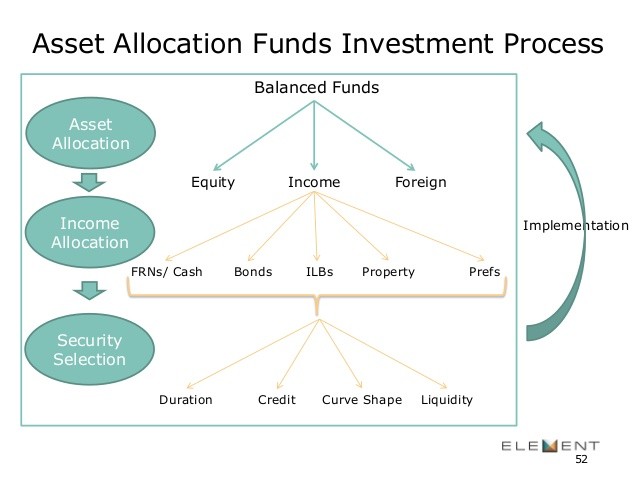The Optimal Foreign Investment Allocation
Post on: 24 Май, 2015 No Comment

by Silicon Valley Blogger on 2008-07-08 20
How do international stocks affect your stock portfolio?
The U.S. stock market hasnt been doing too well of late. Its hovering at its lowest point of the year, although it appears to be a reflection of all the bad news were seeing in the economic front recently. High gas prices. high food prices. high prices everywhere. Spending is up, savings and investments are down. The only other thing down in the dumps along with the markets and the economy is our collective mood about our whole financial situation.
But its times like these that you may want to review your portfolios allocation. The weightings on your portfolio may have shifted over time and now that its the middle of the year, it could be a good time to revisit your investment set up.
This is also an opportunity to decide whether youd like to keep with the same allocation youve always had.
For the record, were currently between 25% to 30% invested in foreign stocks at the moment.
Yet my spouse is eager to do more to hedge our investments and go further into foreign holdings. Hes asked about possibly raising our international allocation to match the representation of foreign equities in the global market, which is around 50%. Ive also known some people who have dumped their domestic holdings completely in favor of foreign equities. With the dollar in the dumps and everyone wanting a piece of America for cheap. I can see why folks are eager to take flight into international funds.
Not sure Im convinced about following suit to this same extent. 50% in non-U.S. stocks seems very aggressive to me. Im no longer single, young and carefree and no longer as comfortable with this type of investment risk. But to lend credence to my concerns, I researched this topic further and reevaluated our foreign allocation strategy.
Thoughts On International Diversification
Its worth reviewing why we buy foreign stocks. Here are some interesting points on this issue:
- International equities belong in our portfolios for the added diversification. With added diversification, you can lower the risk of your overall portfolio.
A correlation of 100% means that a countrys equity market and the U.S. market move in lockstep. A correlation of 0 means that theres no relationship between a foreign market and the U.S. market.
Check out this chart that shows this phenomenon. International stocks are represented by MSCI World Index excluding the USA. The global portfolio includes international and U.S. stocks (MSCI World Index). Stats for portfolios below are for 1970 to 2005.














